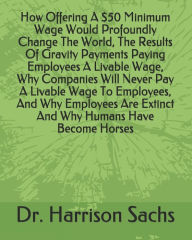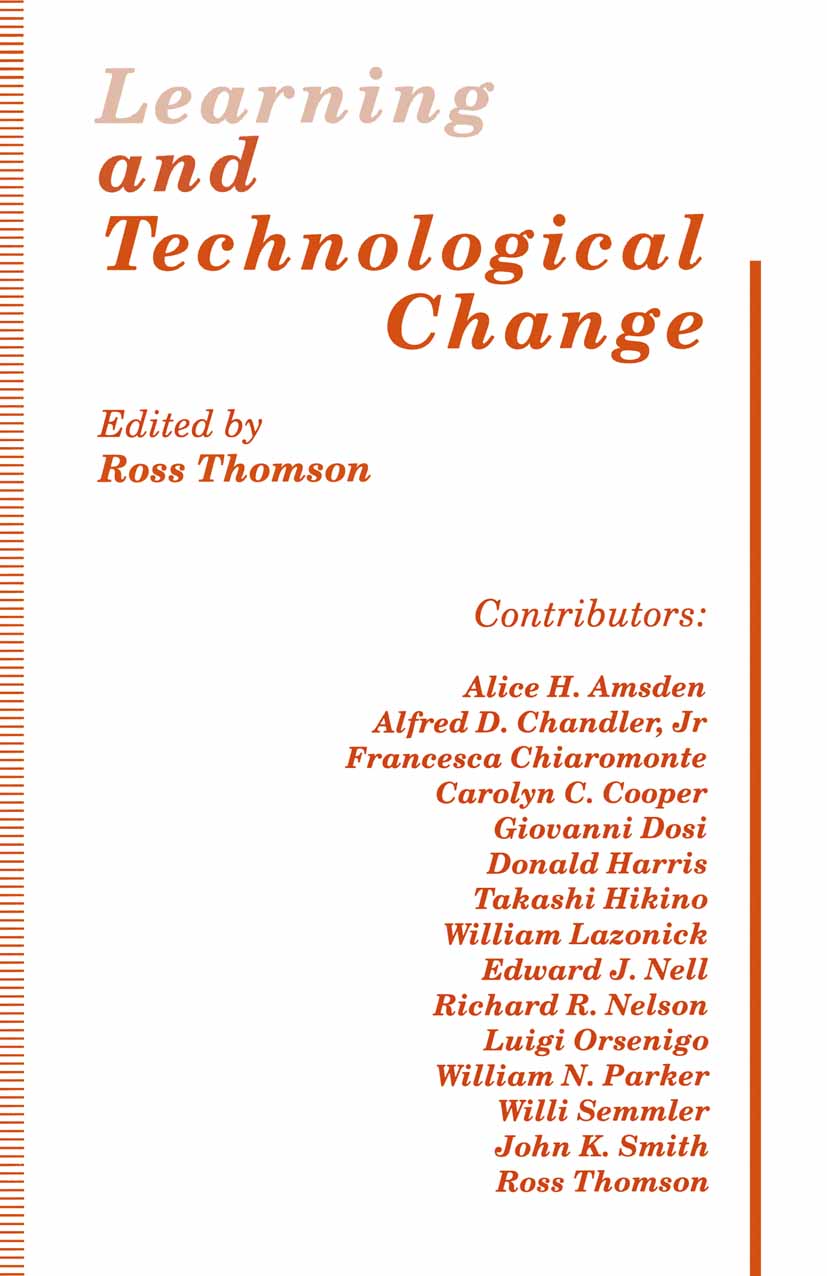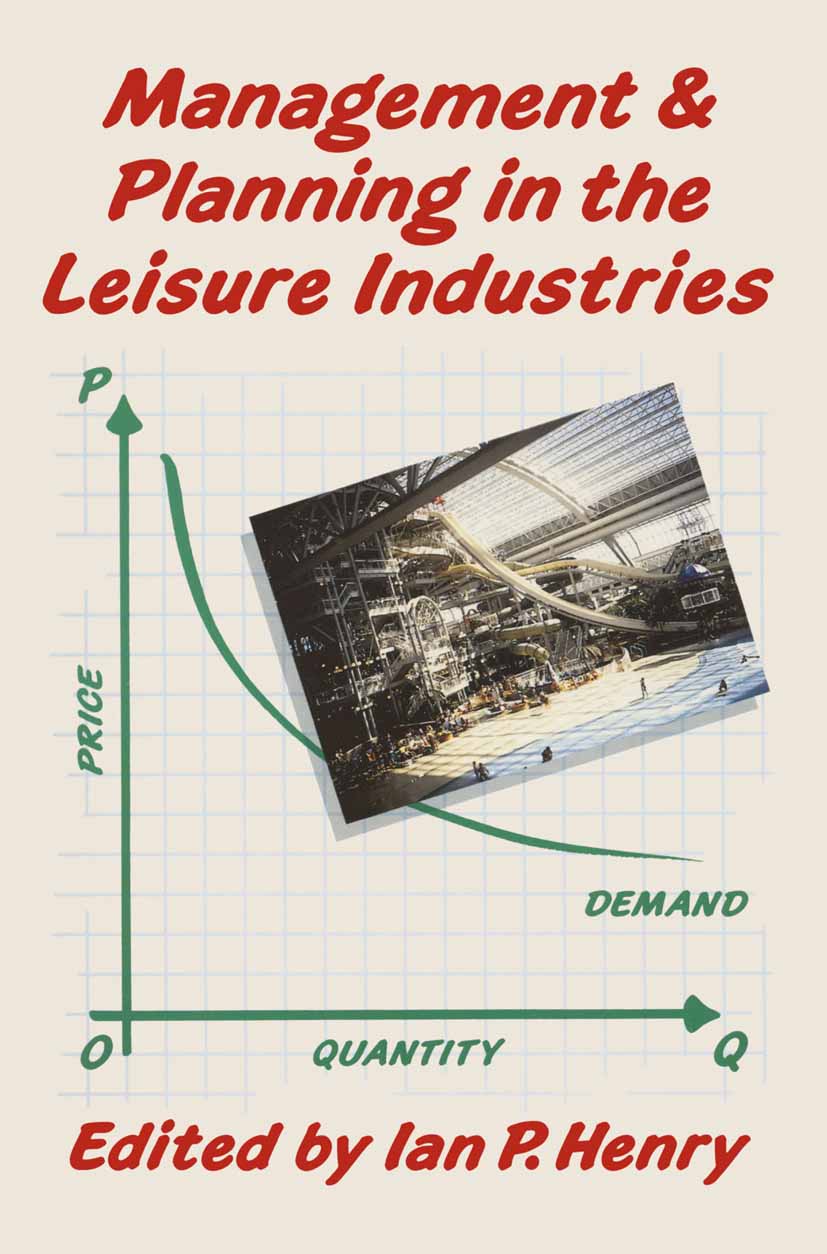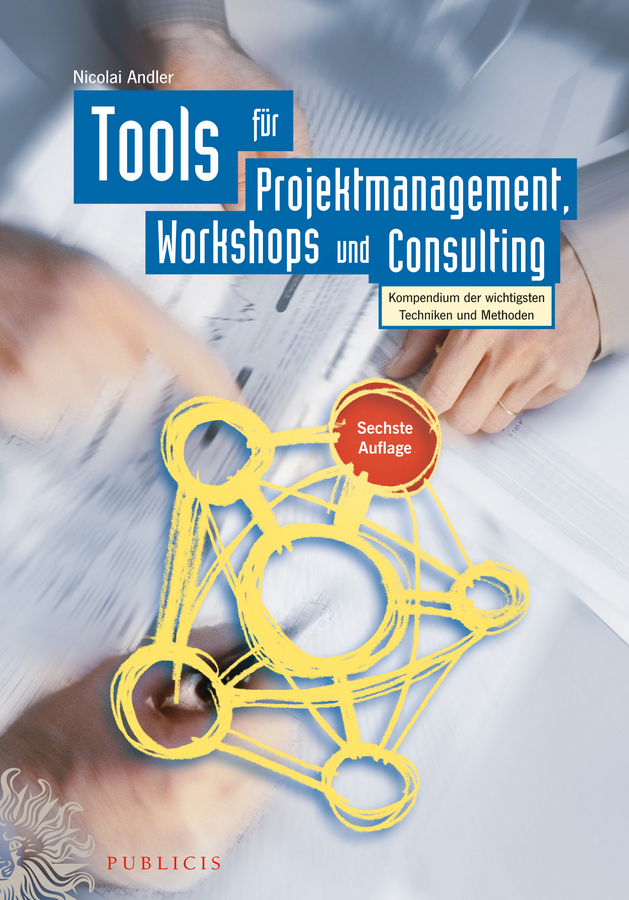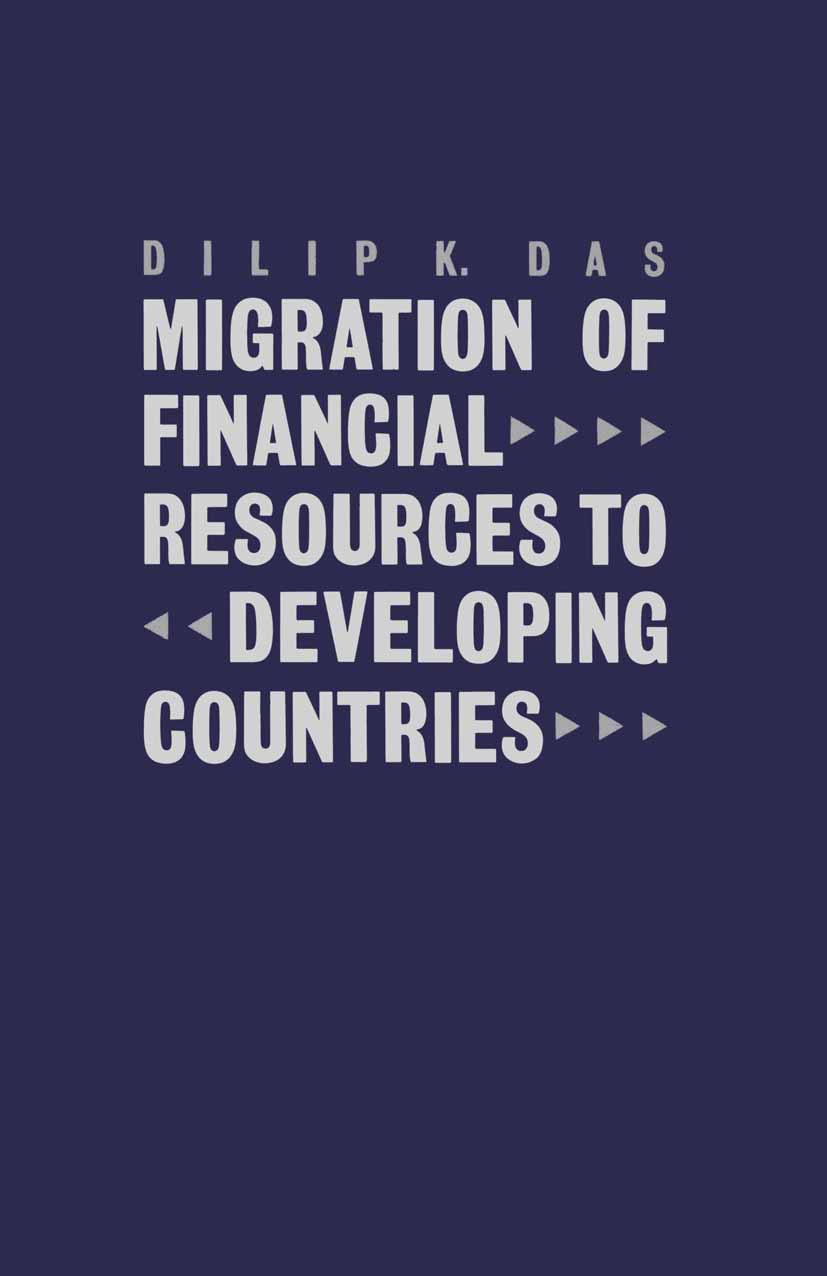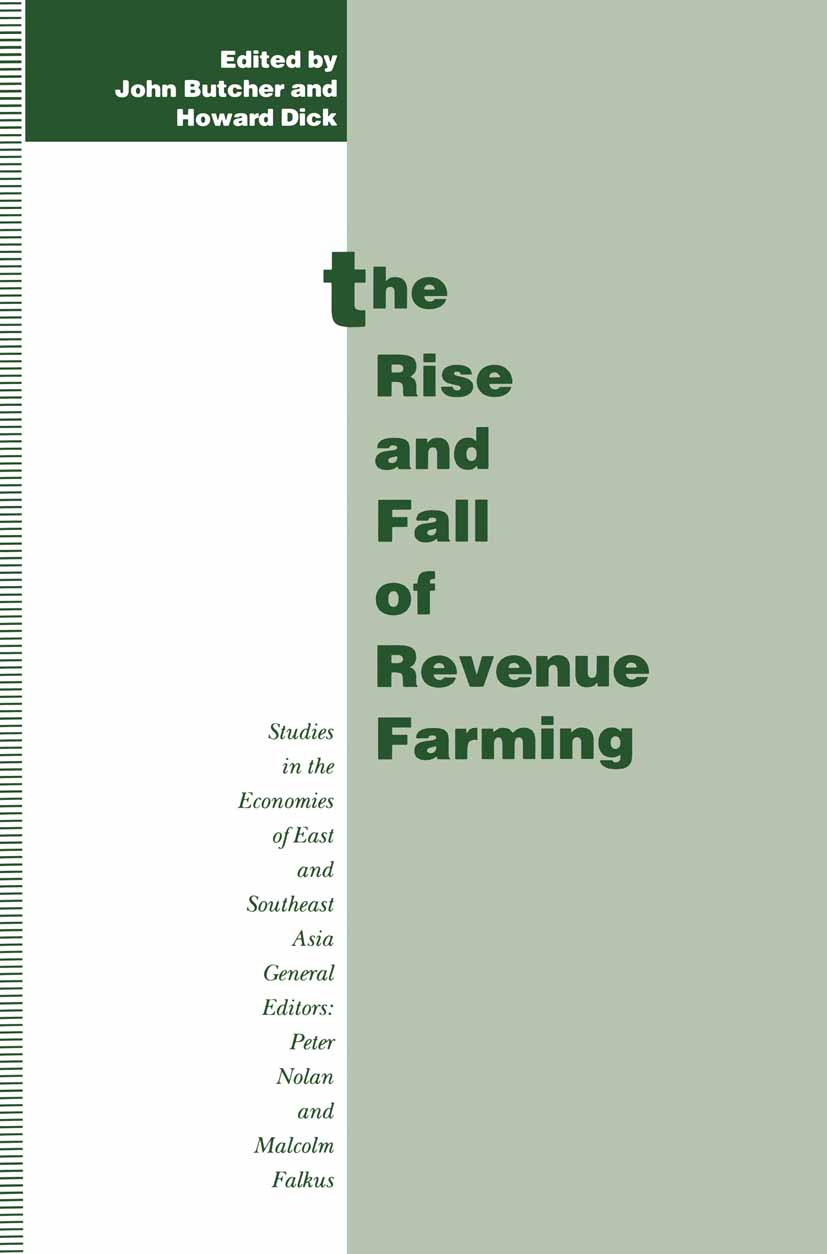How Offering A $50 Minimum Wage Would Profoundly Change The World, The Results Of Gravity Payments Paying Employees A Livable Wage, Why Companies Will
by Dr. Harrison Sachs
2020-05-28 04:19:34
How Offering A $50 Minimum Wage Would Profoundly Change The World, The Results Of Gravity Payments Paying Employees A Livable Wage, Why Companies Will
by Dr. Harrison Sachs
2020-05-28 04:19:34
This essay sheds light on how offering a $50 minimum wage would profoundly change the world and elucidates the results of Gravity Payments paying employees a livable wage. Moreover, why companies will never pay a livable wage to employees, why employ...
Read more
This essay sheds light on how offering a $50 minimum wage would profoundly change the world and elucidates the results of Gravity Payments paying employees a livable wage. Moreover, why companies will never pay a livable wage to employees, why employees are extinct and why humans have become horses of the digital era, and why employee jobs are so dreadful and lead to wage slavery and extreme poverty is demystified in this essay. Furthermore, how to generate extreme wealth online on social media platforms by creating ample income generating assets is delineated and the best income generating assets to produce for generating extreme wealth are identified. Additionally, how to become a successful influencer online on social media platforms in the digital era, the ample benefits of becoming a successful influencer and attaining extreme fame leverage, and how to earn substantial money online so that you can take control of your work life and afford to become an influencer is meticulously expounded upon in this essay. Offering a $50 an hour minimum wage to employees would profoundly change the world in a myriad of ways. While a $50 an hour minimum wage may cause the unemployment rate to amplify from its current 80%-90% to 91%-95% with so relatively few people working real private sector jobs that provide economic value to the marketplace, the salutary benefits for the few people who remain employed would be eminently profound and unprecedented. First and foremost, a $50 an hour minimum wage would provide a livable to employees. This means that employees would be able to afford to cover their basic needs apart of Maslow's Hierarchy of Needs pyramid. This means that they would be able to afford to finance housing, food, and transportation expenses. By being able to finance their basic needs, employee would live longer, happier, healthier and more prosperous lives fraught with less stressors, calamities, and financial difficulties. The increased purchasing power from the minimum wage hike to $50 per hour would allow employees to begin discharging their debts and afford to have disposable income to invest in buying income generating assets, such as index funds, stocks that bear high dividend yields, and bonds. This would allow the employee to become less reliant of relinquishing so much of their finite, sacrosanct, precious time working a dispiriting, dead-end, unfulfilling, meaningless job they detest working if they were to receive a fixed amount of fiat currency for their labor at a $50 hourly wage rate. A $50 hourly wage rate would empower employees and allow them to have a modicum of chance of one day being able to afford to retire if they prudently invested their hard earned money and embraced minimalism throughout decades of their lives. Second, a $50 an hour minimum wage would benefit major corporations since it would substantially increase customer spending as a result of customers having more disposable income that they can afford to part with which would stimulate economic growth. When customer spending increases, it culminates in more job being created since more employees are needed to provide services to customers and fulfill customer orders. In other words, the requisite conditions are created to draw forth an economic boom when customers have significant purchasing power that has been conferred to them by their employers. Third, a $50 an hour minimum wage would result in more smaller companies ushering in robots, artificial intelligence, and automated processes into the workforce, thereby minimizing the dependency on human labor and accelerating the growth of the Fourth Industrial Revolution. By having robots, artificial intelligence, and automated processes perform job functions in lieu of human labors, it would culminate in business operations being more streamlined and efficient. This could also lead to product prices substantially plunging. This is because, human labor costs are often a company's highest expense.
Less


